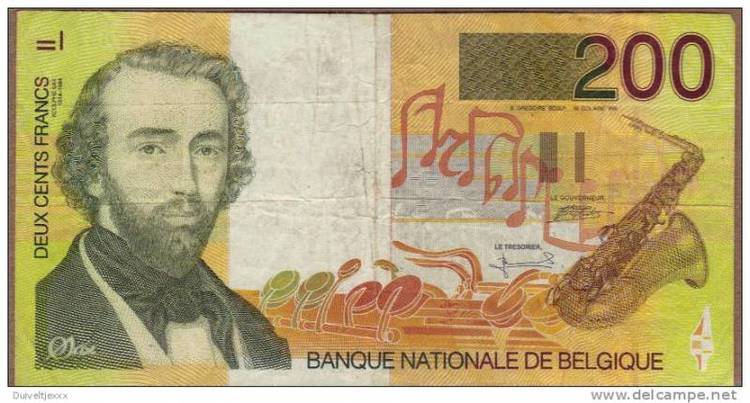


The musician was Adolphe Sax, and the instrument he patented in 1846 would from then on be named the “Saxophone.” Sax could never have imagined the suc- cess his instrument would have during the following decades, nor its eventual status as the symbol of a genre of music that did not even exist during his time: jazz.
What makes the sound of the saxophone so indispensable in jazz bands? One answer stands out above the rest: its sound most closely resembles the human voice. The trumpet, the clarinet, the flute, and other wind instruments also possess some of this resem- blance, but the saxophone has something much more. Maybe it’s the softness, or the lightness, or the sensuality of its sound.
Or maybe it’s the sound of grittiness and ruggedness that more accurately encompasses all the diverse forms the human soul can take, be they more feminine or masculine in nature. These sensations can be experienced even by those who are not musically inclined. There is nothing more human, is there?
This tells us a lot about the defining features of jazz, a genre which brightly resonates with our everyday lives, even if we do not always recognize it. This is a viewpoint – my own viewpoint – that could possibly merit further analysis, though perhaps this view is the overarching theme of my articles here at i-Italy. At least I hope that this is the case!
There are in fact several types of saxophone differing from one another in timbre and range. Four types are normally used in jazz: soprano, alto, tenor, and baritone. Each of these has been personi- fied by great musicians, several of them geniuses of their time, who have elevated the quality of their respective sound categories. They moved us, excited us, and in some instances made us cry, smile, or dream. Their music touched us.
I would like to recall the names of some of the artists who morphed the sound of their instruments into unforgettable tunes; tenor saxo- phonists Coleman Hawkins and Lester Young, altoists Charlie Parker [2]and Paul Desmond [3], soprano artists Sidney Bechet, John Coltrane, and Steve Lacy, and baritone masters Gerry Mulligan [4] and Serge Chaloff [5]. Many other prominent saxophonists exist, of course, but the marks left by these legends in the history of jazz are truly unforgettable.
And the Italians? We have many in both the past and present! Tenor players Max Ionata and Francesco Bearzetti, altoists Fran- cesco Cafiso and Rosario Giuliani [6], sopranos Stefano Di Battista and Emanuele Cisi and baritones Carlo Actis Dato and Beppe Scardino. In no way do these Italian saxophonists dwarf their American coun- terparts. Their musical language, filled with emotions and hues, represents the spirit that constitutes humankind’s most noble trait. In this respect, Italians are definitely second to none.
Source URL: http://ftp.iitaly.org/magazine/focus/art-culture/article/jazz-mr-sax-ophone
Links
[1] http://ftp.iitaly.org/files/sax1443276896jpg
[2] http://www.cmgww.com/music/parker/home.html
[3] https://en.wikipedia.org/wiki/Paul_Desmond
[4] http://www.gerrymulligan.com/
[5] https://en.wikipedia.org/wiki/Serge_Chaloff
[6] https://it.wikipedia.org/wiki/Rosario_Giuliani